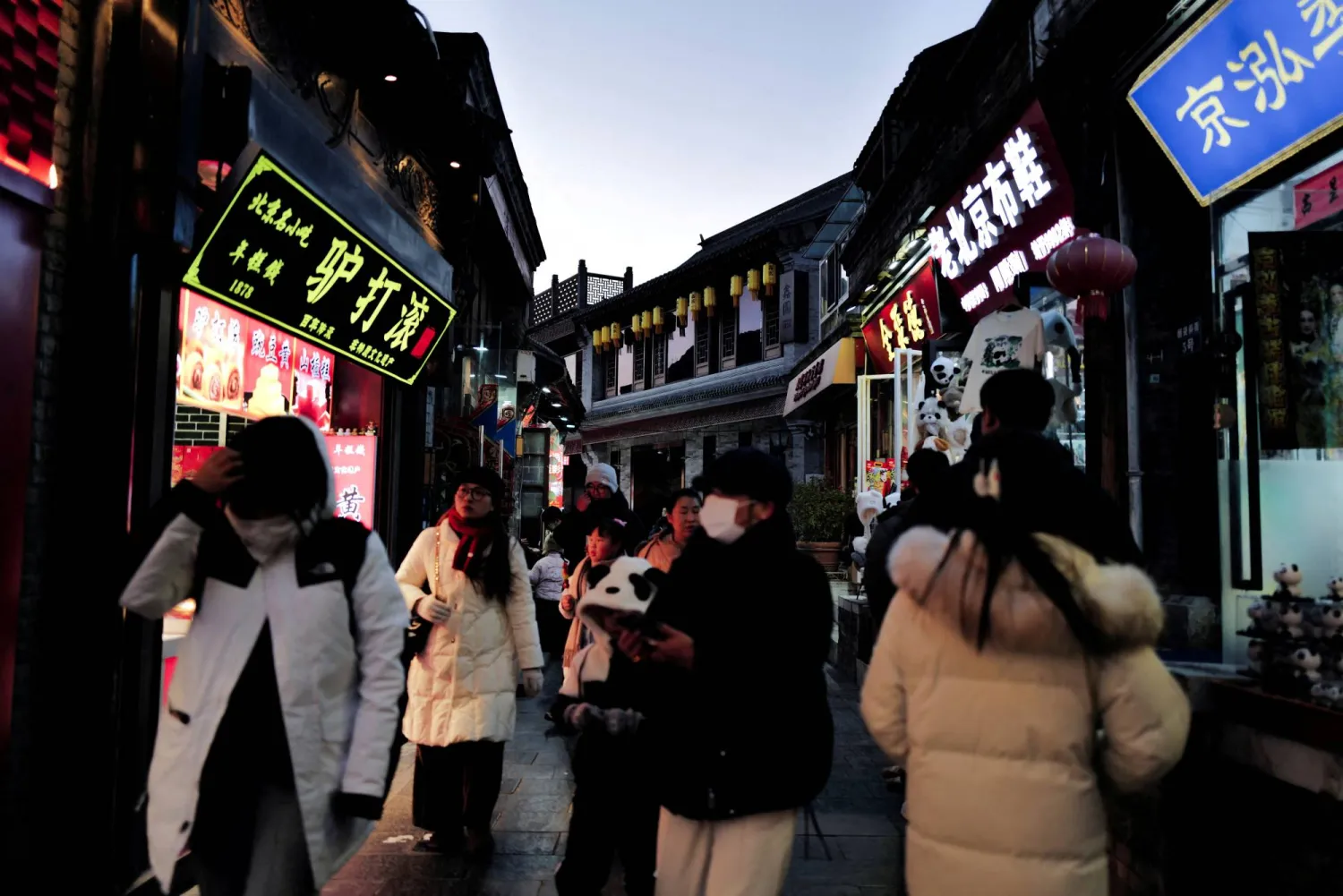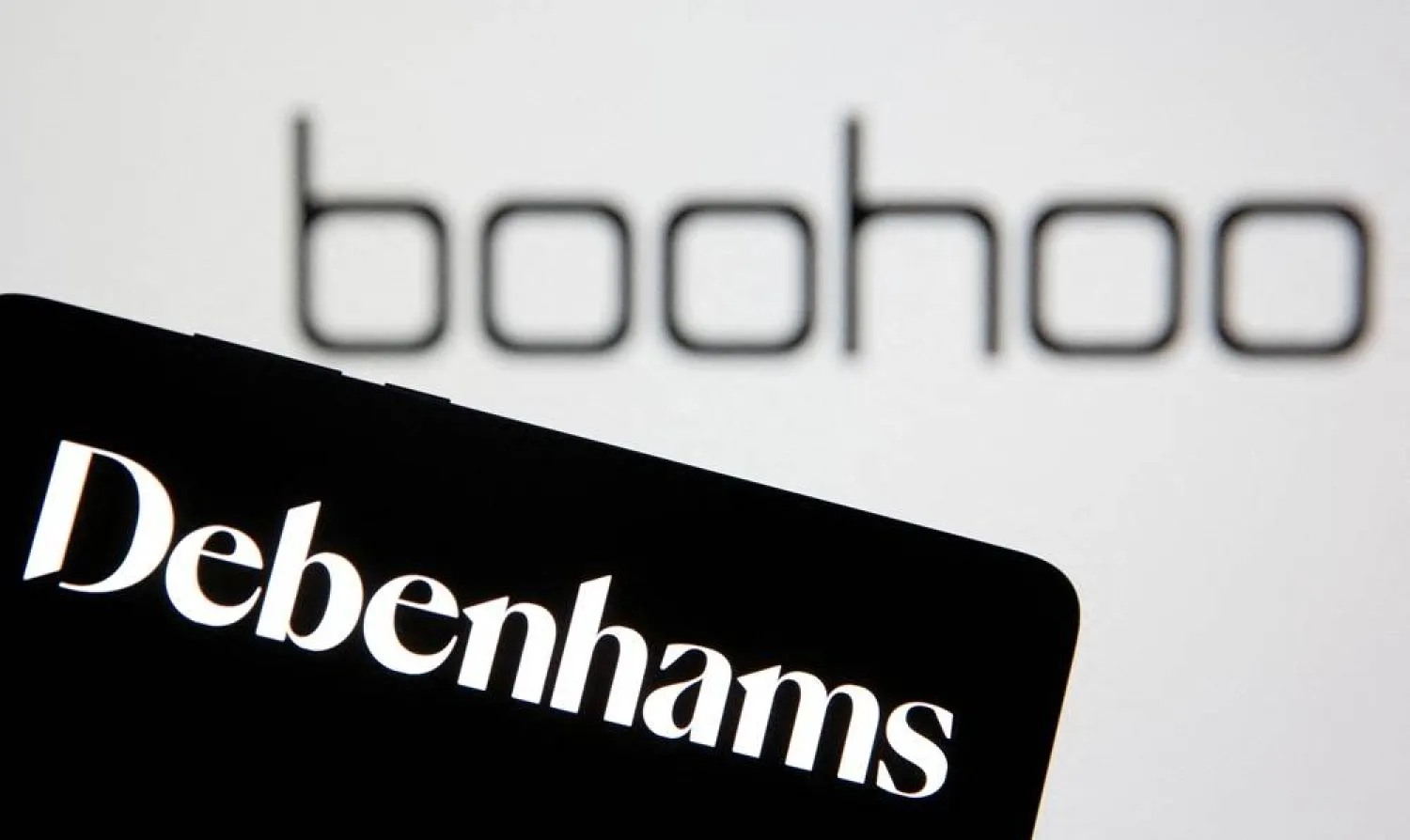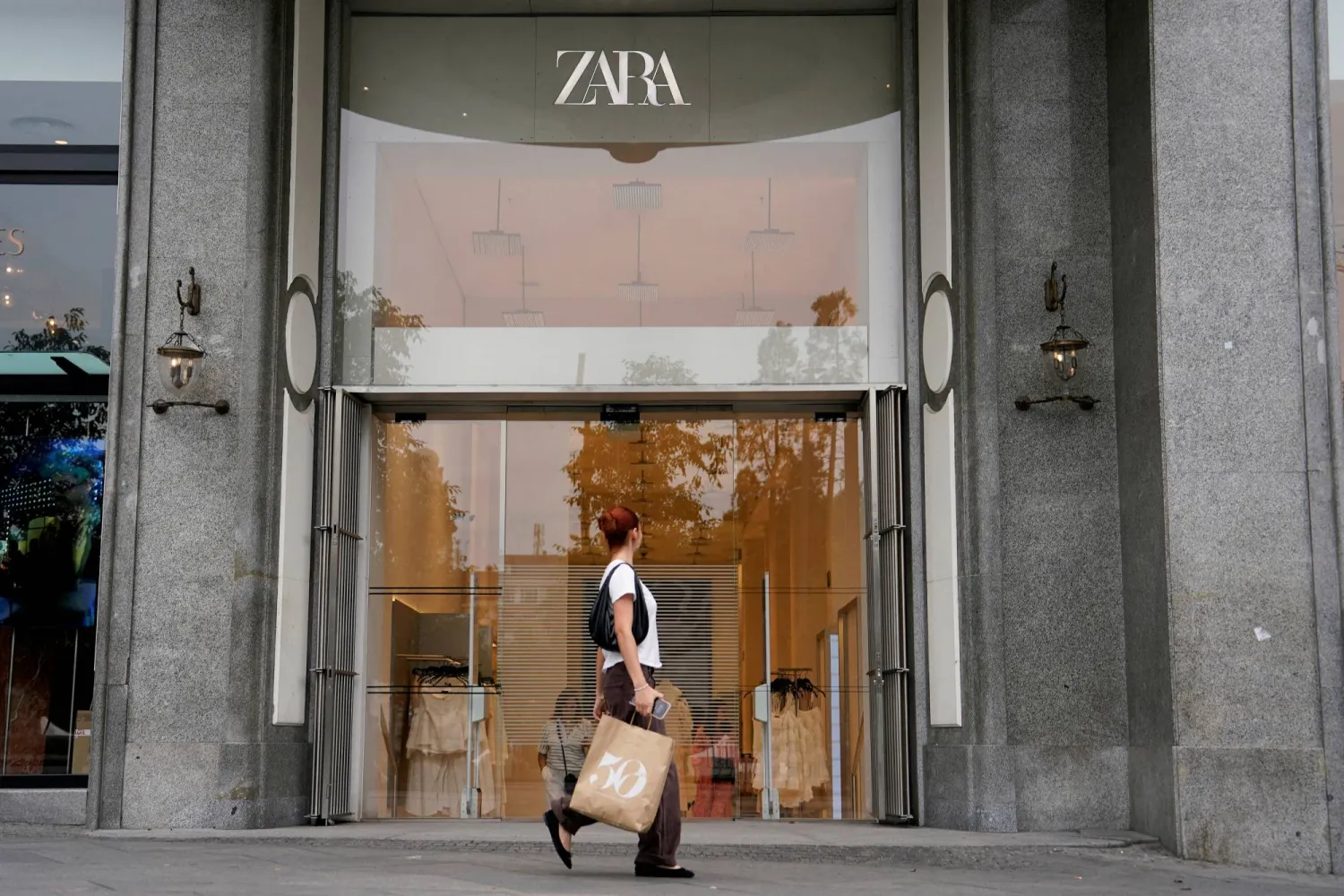As Saudi Arabia marks Founding Day on Tuesday, Asharq Al-Awsat takes a look at the rich traditional dress that has been worn since the establishment of the First Saudi State three centuries ago.
People today still wear traditional dress at special occasions, expressing their pride in their rich heritage.
Mohammed al-Qattan, a major mishlah merchant in al-Ahsa, spoke to Asharq Al-Awsat of the male and female Saudi dress that has been worn over the centuries.
He described the Al-barqa abaya, which is woven with two colored fabrics. It is a winter abaya, worn by princes, sheikhs and other senior figures.
The barqa is still in demand to this day, he revealed.
It is symbol of luxury, he explained, as it was woven by hand. The hand weaving tradition has since been replaced by factory production.
As for abayas and the bishts, al-Qattan said they were not very widely worn in the First Saudi State. They became more popular in the Second Saudi State as textiles from Iraq and Iran and Kashmiri wool and others started to be imported.
For several years, al-Ahsa was the center for production of royal bishts.
At the time, white cotton was the predominant fabric used in men's outwear., said Dr. Abdulrahman al-Orainy in his doctorate letter.
The fabrics changed with the changes of the seasons and also depending on the social status of the person. In the Najd region, people wore expensive clothes, known as al-jokh, in winter. The robe was a status symbol, differentiating between the rich and poor.
Another well-known dress at the time was the al-labda or al-labada, which was woven from wool. It was locally produced and the dress was padded with cotton so as to avoid scratching the skin.
The most sought after item of clothing in Najd at the time was the abaya, revealed Orainy. The most luxurious abaya was called the qilaniya. It came in many colors, but black was the most popular. It was made from soft fabric, brought in from al-Ahsa, with yellow thread sewn into it. This abaya was reserved for only the rich in society.
As for women, Orainy said the dress and jewelry varied according to social status and wealth. Wealthy women wore clothes made from high quality Indian silk that was adorned with gold. Iranian silk was also popular and renowned for its pure quality. Other fabrics included gold embroidered silk from the Sham region and rumi silk from Turkey.
Women from lower classes wore less expensive clothes, often made of black fabric. The design of the abaya also denoted social standing. Affluent women's abaya's were almost similar to the qilaniya worn by the men. They were woven with gold thread and imported from al-Ahsa. Women from the general class wore the black abaya, which was much cheaper than the qilaniya. Its sleeves were always tight so women could hide their arms.
As for makeup, women from the Najd region often colored the top of their heads before or after their hair was braided. They used a sort of paste, called "roshoush", which was made of saffron, roses and other material. Its application gave the hair a fragrant smell and attractive color. Women also applied color to their cheeks, often using saffron. They also applied henna to their hands.
Female dress differed from one Saudi region to the other.
In northern Saudi Arabia, they wore the al-maqrona, which is a large black square veil that is folded in the middle to form a triangle before being worn on the head. In the South, they wore the al-shayla, a black fabric with its edges sewn with colored thread or beads. It was fitted on the head with a yellow or red band.
In central Saudi Arabia, women wore the al-mukhnaq, which is a translucent silky fabric, made of chiffon or tulle. It was worn by girls when going outside the house. In the east, women wore the al-batoula, a face covering with openings for the eyes. It was worn by elderly women and often padded on the inside.
In the West, women wore the al-misdah, a loose dress that hides the shape of the body. This dress was made of plain or patterned fabrics.









